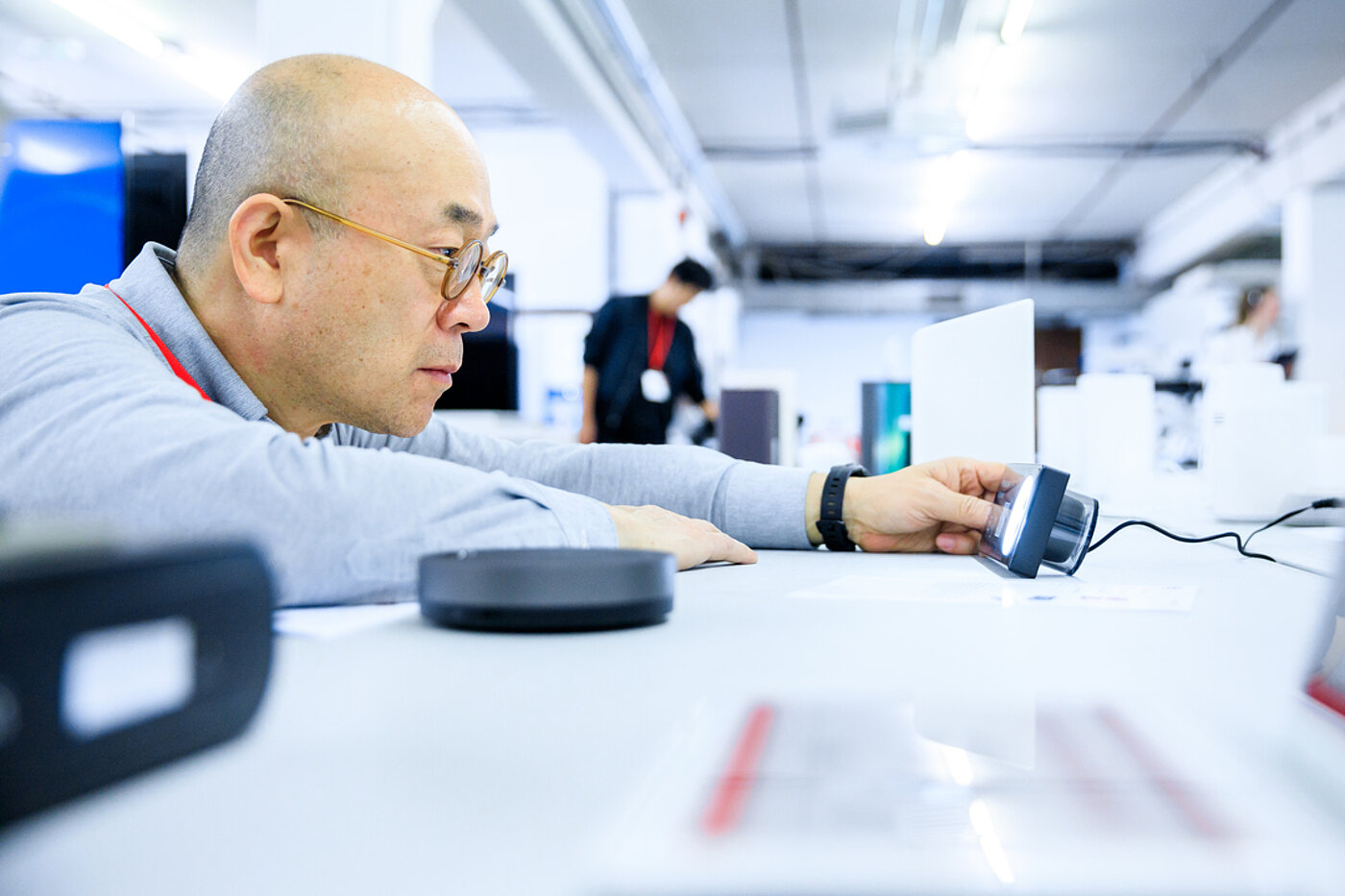Prof. Dr. Ken Nah
Professor Dr. Ken Nah graduated with a Bachelor of Science in Industrial Engineering from Hanyang University, South Korea, in 1983. He deepened his interest in Human Factors / Ergonomics by earning a master’s degree from Korea Advanced Institute for Science and Technology (KAIST) in 1985. He received a Ph.D. in Engineering Design from Tufts University, Boston, in 1996. Ken Nah is also a USA Certified Professional Ergonomist (CPE), for the first time as a Korean.
He is currently a professor of Design at the International Design School for Advanced Studies (IDAS), Hongik University in Seoul as well as director of the Human Experience and Emotion Research (HE.ER) Lab. Since 2002 he has been the director of the International Design Trend Center (IDTC). Ken Nah was the director general of “World Design Capital Seoul 2010”. Alongside his work as a professor, he is also the senior vice-president of the Korea Federation of Design Associations (KFDA) and the Korea Association of Industrial Designers (KAID). Ken Nah has been an advisor on design policy to several ministries of the Korean government since 2000.

Red Dot in an interview with Prof. Dr. Ken Nah
Red Dot: What are the challenges facing young designers going forward and how do you prepare them for this?
Prof. Dr. Ken Nah: The challenges are the speed and quality of technology development, the complexity of the global and local market and the unpredictability of the purchase preferences. Since 2010, I have instructed my students to develop their own system for gaining knowledge from data and information. I also tell them to go out and meet people, to listen to what they say and to observe what they do. Last but not least, I advise them to read books and watch YouTube.
What expertise is needed in order to judge a product’s design quality?
Basically, design excellence is a visual and tactile realisation of both “good looks” and “good function”. “Good looks” are a somewhat subjective judgement, even though there are universal principles of aesthetics. “Good function” is a more objective issue than aesthetics and includes the cultural and psychological features of users. I think a sensitivity to aesthetics and usability is what is required to judge design quality properly and fairly.
